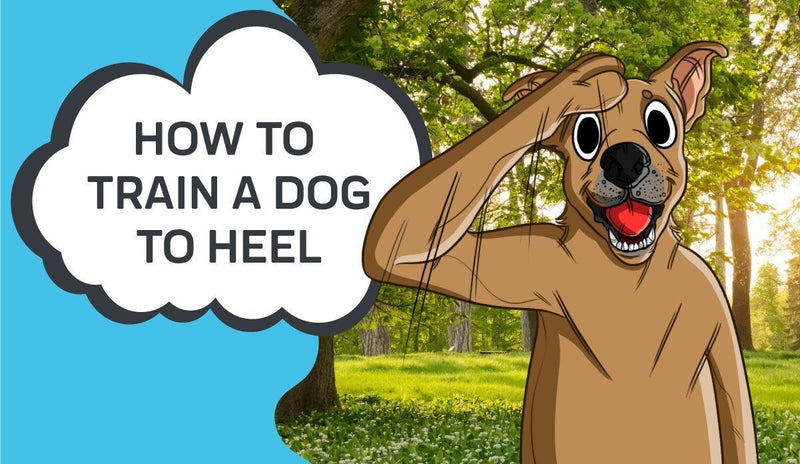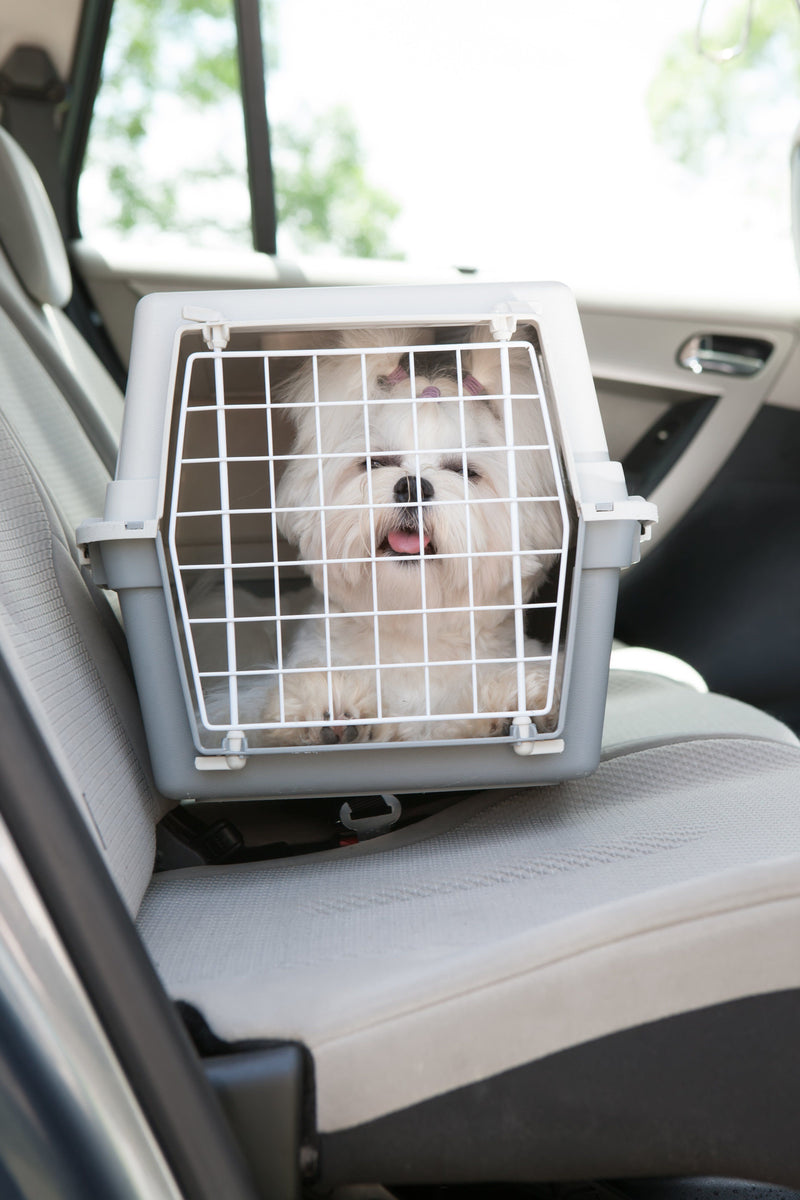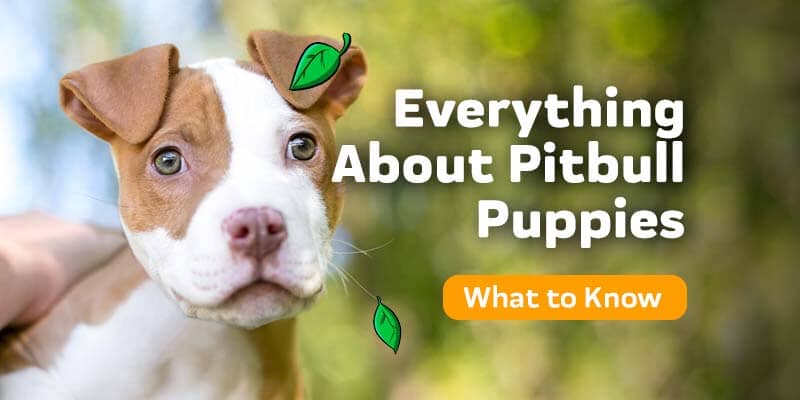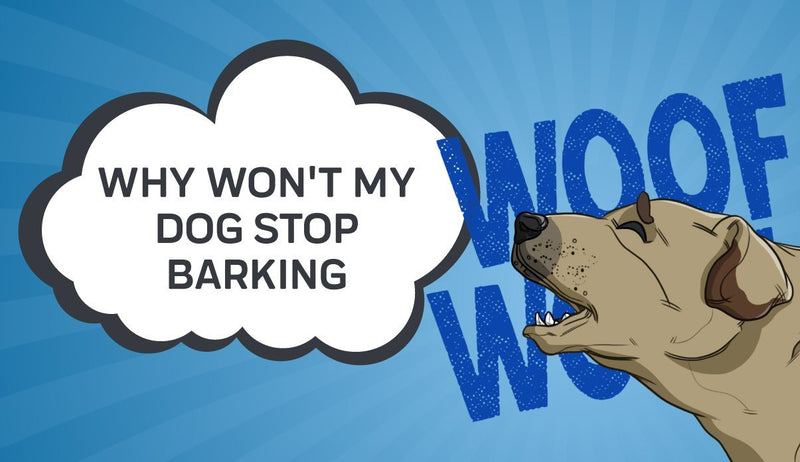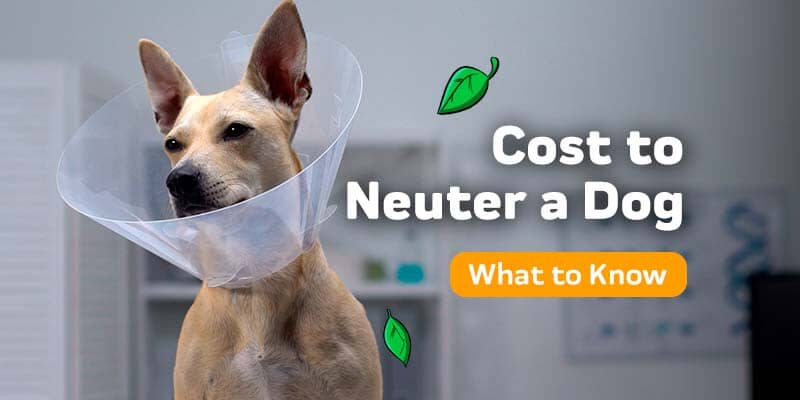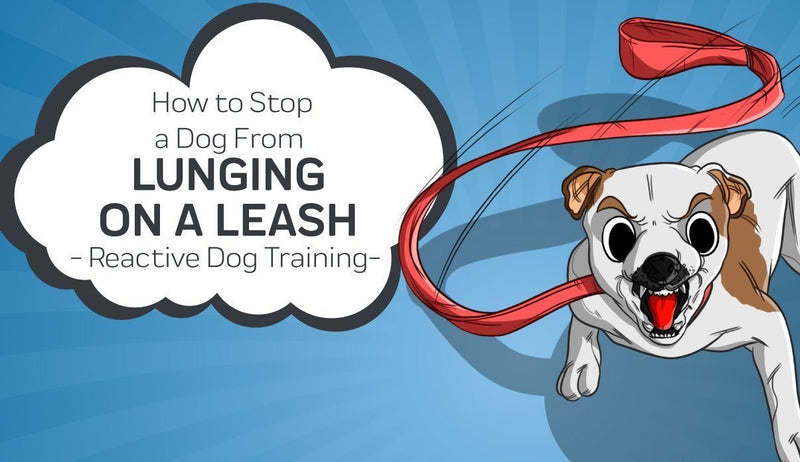
Contrary to your intuition, a hyperactive dog may not actually be a happy dog. When your pet is regularly jumping, spinning, and yipping, you might be inclined to take these all as signs he or she is just excitable and playful. But the danger in over excitement for dogs is that excess energy isn’t a pleasant experience for them. The only way they know how to cope with the excess energy is too plain and simply let it out, therefore showing you all their excitement and energy.
The truth is, an excited dog isn’t happy. A calm dog is. So how should you handle this?
Don’t Encourage It
It’s easy to interpret all these displays as excitement and most humans can easily encourage that behavior unknowingly because well, we think it’s cute when our dog seems happy. Giving affection or attention to an excited dog only encourages such behavior by communicating that you actually like this behavior.
Not reacting to your dog at all is actually the best way to navigate the situation,
Do Encourage Calm Behavior
Obviously, this is exactly the opposite of the first step. The best time to give your dog affection and approval is when they’ve settled into a calm and submissive state, communicating that this is the kind of behavior that will earn them the attention they
Work Them Out
This one should seem obvious. If your dog is being hyper — just like with hyperactive children — sometimes the most effective remedy is to wear them out altogether. This is the entire basis of what every dog owner is expected to provide in the first place: a daily walk.
According to Cesar Milan, the ritual of a walk is more than just a flush of excess energy though. It is another necessary training and socializing tool, as it mimics the movements of a pack out looking for food and shelter. Returning home, where both the food and shelter are, become subconscious rewards, satisfying your dog’s primal instincts and keeping them focused while also using up their energy all by the time you’ve let them back in the house. Naturally, the dog again starts to associate a reward with calm, as they’ve come home drained of their energy. This is also why
Calm Yourself
This aligns with the first two tips, as your dog will always pick up on the social cues you provide through your own behavior. You’ve undoubtedly noticed that a specific look or a sudden movement in front of your dog can cue that it’s playtime, eating time, walking time, or all of the above. Suddenly they’re jumping and moving around with you, ready for playtime.
This means shouting “no” in disapproval when he or she acts up doesn’t suffice. The energy behind that “no” is what dictates your dog’s learned reaction. Staying calm and in control as a way to bring your dog’s energy to the same level is going to be the most effective and healthy tactic.
Sources:
CBD and AnxietyCBD for Anxiety Disorders
CBD Helps Reduces Anxiety











